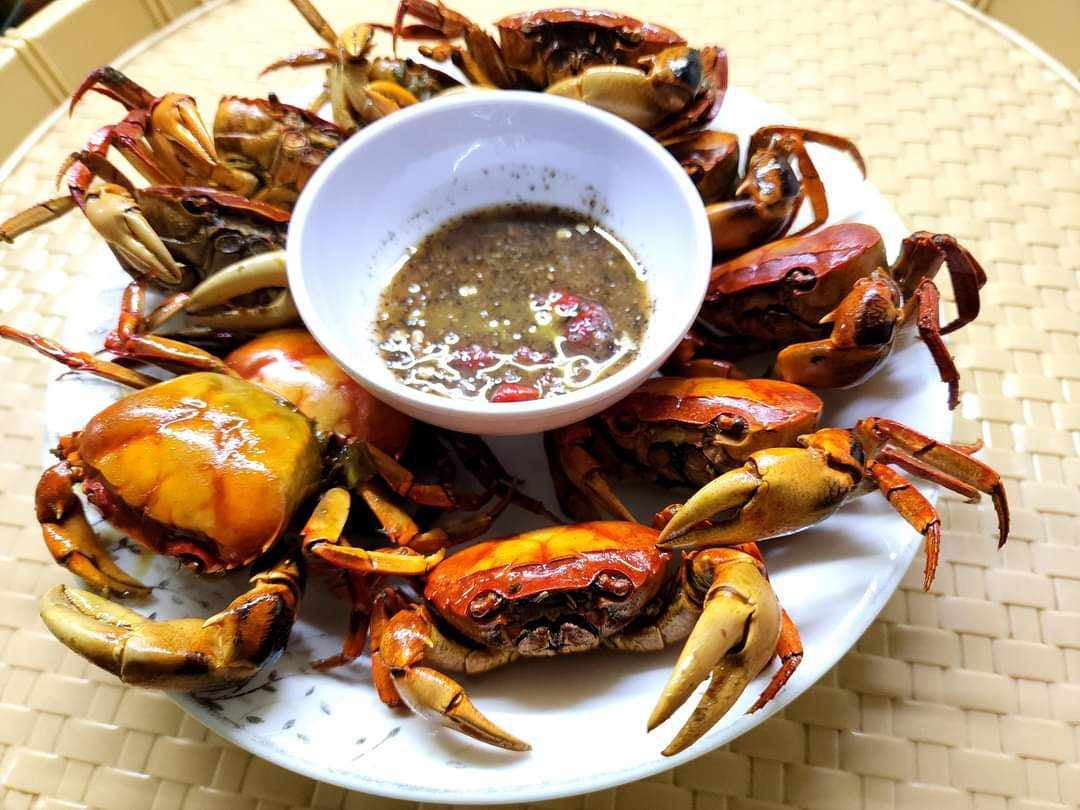
Field crab dish is chosen by many people during the hot season, this is also a dish containing many nutritional values - Photo: NGOC KHAI
Field crabs contain many nutritional values.
Crab soup and crab rieu are not only rustic dishes of farmers but also very popular with city dwellers.
To cope with hot weather, many housewives often tell each other to choose crab soup to cool down and make the meal more delicious.
Many videos instructing housewives on how to cook crab soup to cool down in the summer attract hundreds, thousands of views and shares.
Crab soup is mainly cooked with vegetables such as: Malabar spinach, jute, squash, pumpkin, porridge for children...
However, many videos introduce raw crab salad prepared by letting live crabs crawl in a bowl, then pouring fish sauce, spices and eating directly raw.
According to the National Institute of Nutrition, field crab is a very familiar food for our people, especially rural people.
Crabs are available all year round, but are most abundant in summer and fall. Every year, after just a few early summer rains, crabs can be seen crawling out onto the fields. In some places, there are so many crabs that only a few baskets can be caught at a time.
According to Oriental medicine, field crab has a salty taste, fishy smell, cold properties, has the effect of dispersing blood, strengthening tendons, bones and joints.
They live mainly in rice fields, but also in lakes and ponds, but less so. From field crabs, we can prepare many delicious dishes, the most popular of which is crab soup cooked with many different types of vegetables.
After crab soup, crab soup is also a very popular dish. Crab soup is also crushed and filtered to get the water like soup, but instead of being cooked with vegetables, it is cooked with a sour substance such as star fruit, tamarind, sour plum... depending on the season and the preference of each family.
Crab soup served with rice or vermicelli, with thinly sliced rice cake is delicious and suits many people's taste.
In terms of nutritional value, 100 grams of field crab without shell and apron contains 74.4 grams of water, 12.3 grams of protein, 3.3 grams of lipid, 2 grams of glucid, providing 89 grams of calories.
The amount of vitamins and minerals, especially calcium in field crabs is very high: in 100 grams of crab there are up to 5,040mg of calcium, 430mg of phosphorus, 4.7mg of iron, vitamins B1, B2, PP...
The quality of protein in crab is also good. Through analysis, it was found that it contains 8/10 essential amino acids, including lysine, methionine, valine...
Therefore, field crabs are an important source of protein in the daily meals of rural people, an easy-to-find food source, available right in the fields.
Eating raw field crabs can easily cause tapeworm infection and poisoning.
The National Institute of Nutrition said that in addition to its nutritional value, field crab is also a medicine that has been used by our people for a long time with the name dien giai.
The book "Ling Nam Ban Thao" by Hai Thuong Lan Ong recorded: "Dien is a sweet and cold remedy, has little toxicity, is good for generating wind, has the effect of connecting tendons, secreting bones, treating wind heat, eliminating poisonous pimples...".
Because of its effects of replenishing strength, dispersing blood, and strengthening tendons and bones, crab juice is considered by our people as a tonic, and was used by wrestlers in the past before entering a match (drinking a bowl of concentrated crab juice) to increase strength, make them stronger and more resilient.
Martial artists who were beaten, injured, or fell down and had blood stasis in the past often drank a few bowls of raw crab juice to treat injuries and help the pain heal quickly.
It is true that crab juice contains many nutrients, but raw crab juice and crab salad are both raw foods that can contain many dangerous pathogens that cause food poisoning, especially lung fluke disease. Eating crab salad and drinking raw crab juice can spread this dangerous fluke.
Although lung fluke ( Paragonimus ringeri ) parasitizes the lungs and lays eggs in the bronchi, it is still a disease transmitted through the digestive tract and is closely related to the habit of eating uncooked or raw crabs and shrimps (crab salad, drinking raw crab juice, etc.).
The eggs of the tapeworm from the patient's lungs are excreted with the sputum, into the water and form larvae inside. These larvae come out of the egg shell and find some species of snails to parasitize, then the snail shell finds species of crabs and freshwater shrimps to parasitize in the form of the above mentioned tapeworm cysts. If not cooked properly, the disease will spread.
Thus, eating raw crab salad and drinking raw crab juice is a very convenient way to transmit lung fluke disease if the crab dish we eat raw or crushed to get the juice contains some crabs carrying this cyst.
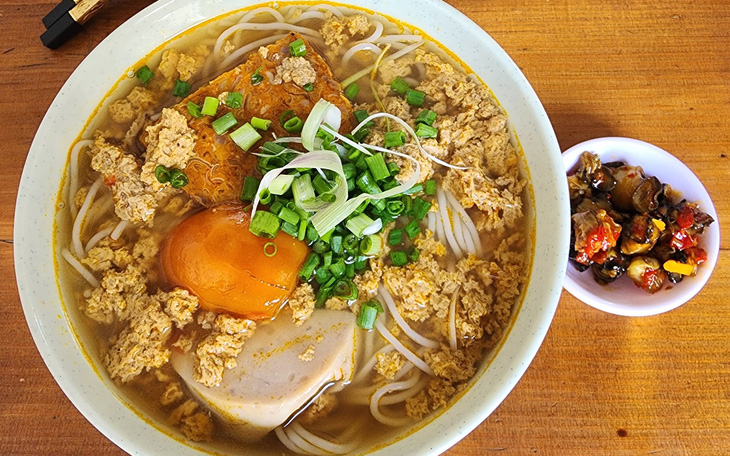 Go to Phan Rang to eat crab noodle soup with 5 nos
Go to Phan Rang to eat crab noodle soup with 5 nosSource










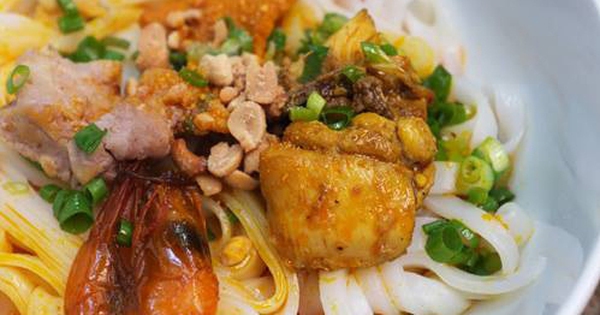


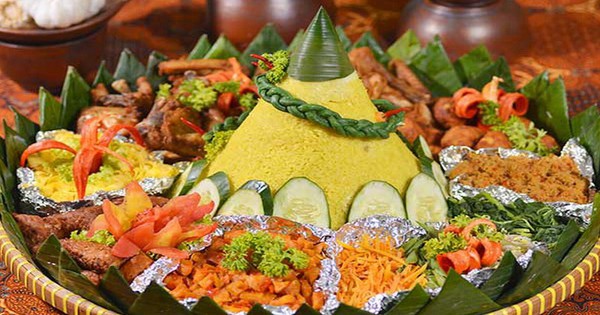
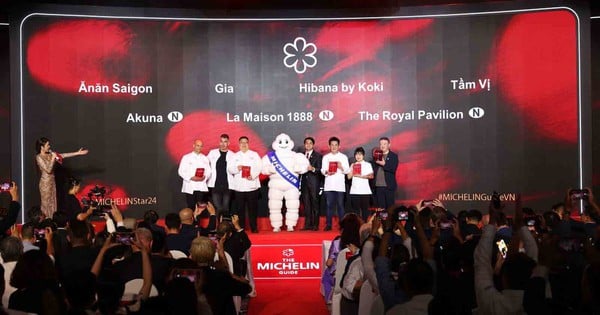
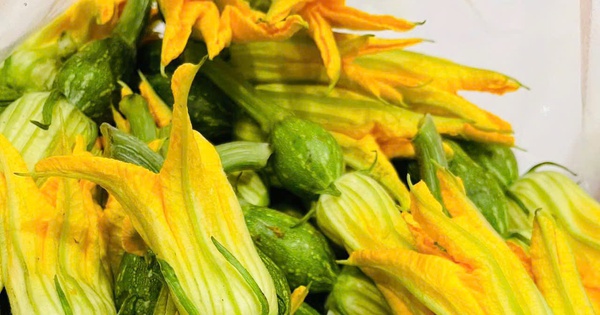


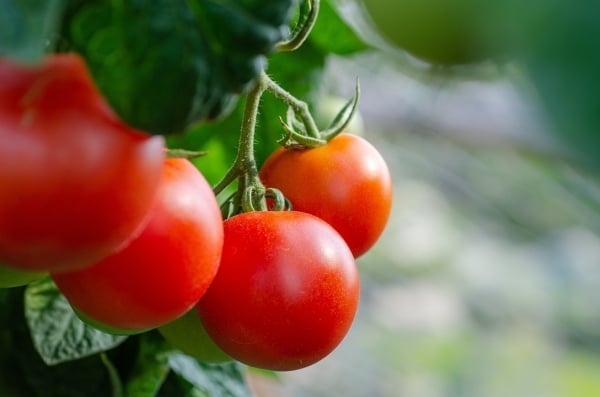

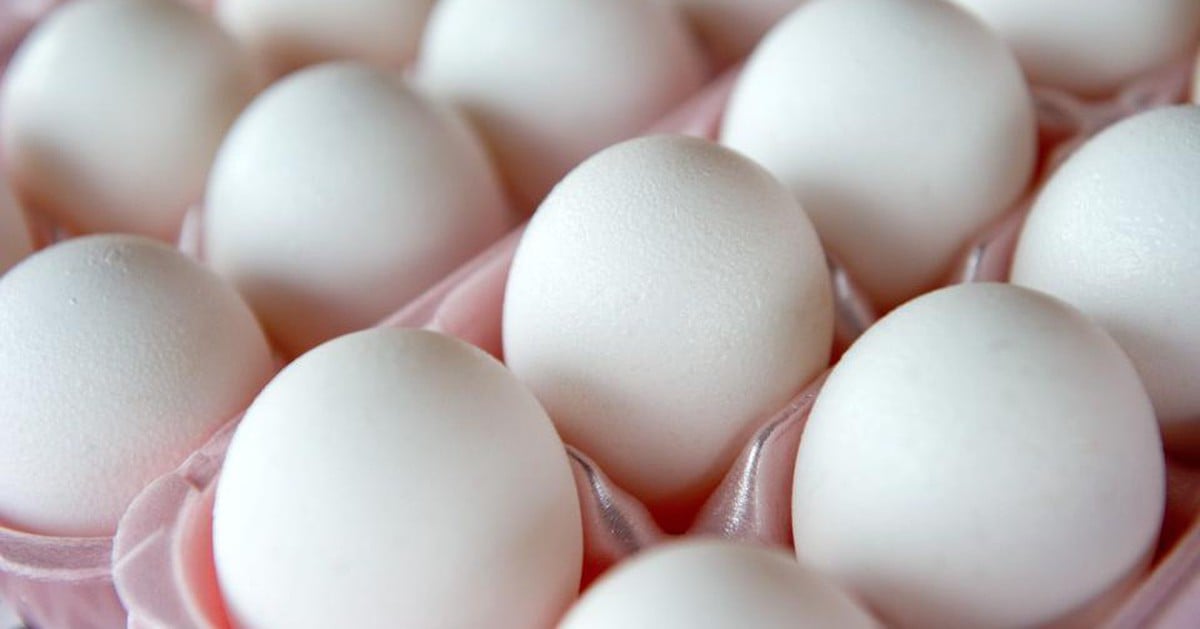
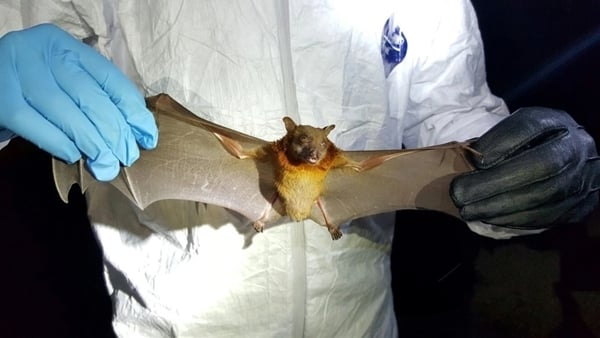









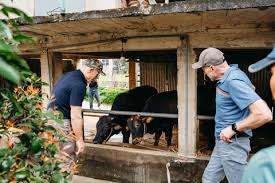









![[Photo] Prime Minister Pham Minh Chinh chairs Government Conference with localities on economic growth](https://vstatic.vietnam.vn/vietnam/resource/IMAGE/2025/2/21/f34583484f2643a2a2b72168a0d64baa)
























































Comment (0)